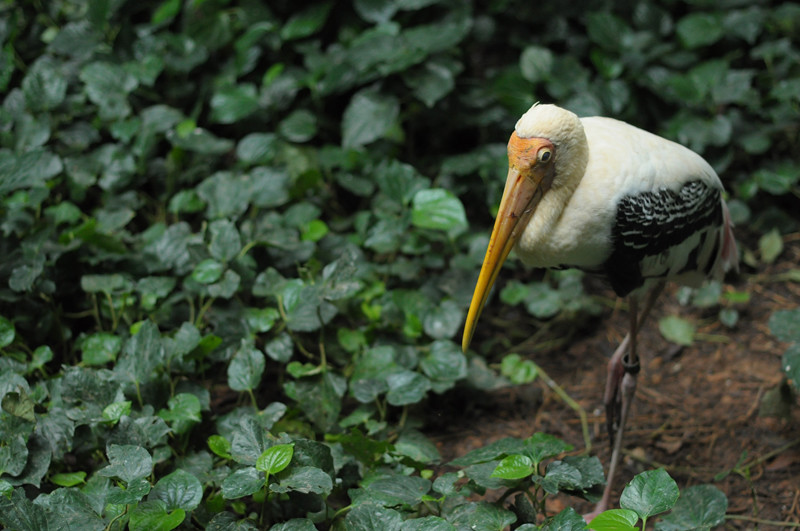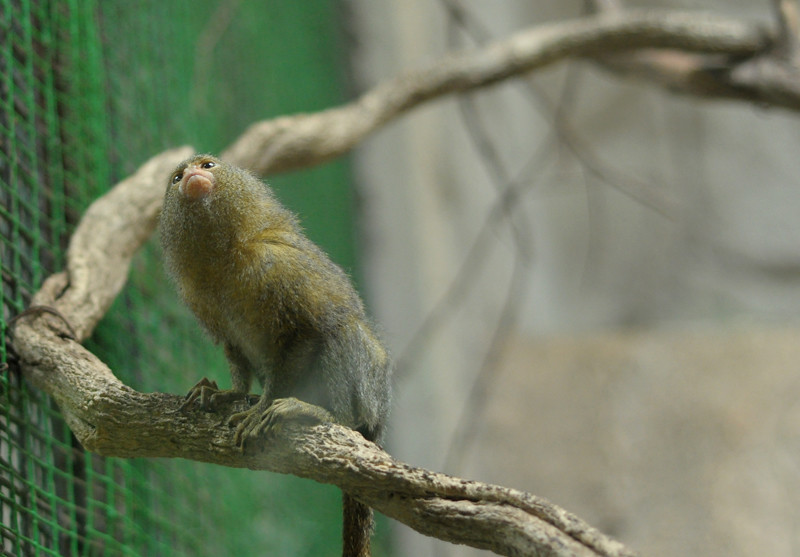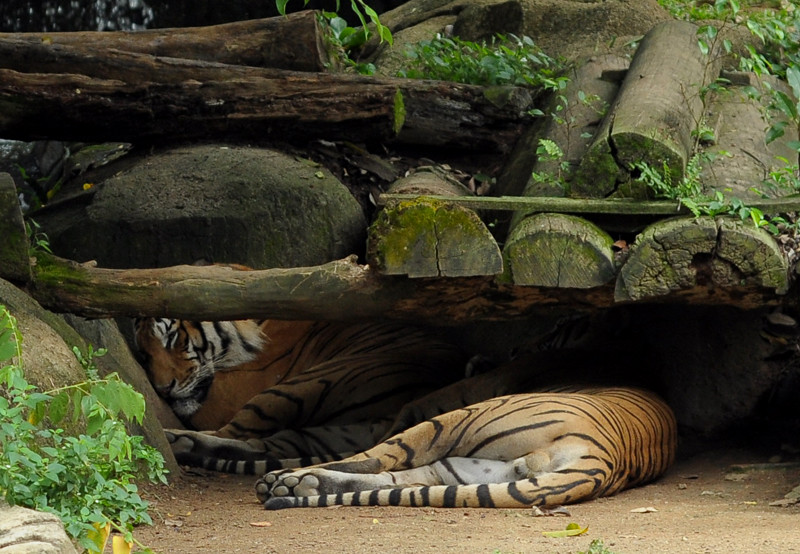
The Painted Stork (Mycteria leucocephala) is a large wading bird in the stork family. It is found in the wetlands of the plains of tropical Asia south of the Himalayas in South Asia and extending into Southeast Asia. They forage in flocks in shallow waters along rivers or lakes. They are not migratory and only make short distance movements in some parts of their range in response to food and for breeding. Photo by AHMAD BAZLI.

Two Asian Openbills and a Painted Stork shares food at an artificial wetlands, Melaka, June 01, 2011. The Asian Openbill or Asian Openbill Stork, Anastomus oscitans, is a large wading bird in the stork family Ciconiidae. It is a resident breeder in tropical southern Asia from India and Sri Lanka east to Southeast Asia. Asian Openbill Stork is a broad-winged soaring bird, which relies on moving between thermals of hot air for sustained flight. The Painted Stork (Mycteria leucocephala) is a large wading bird in the stork family. It is found in the wetlands of the plains of tropical Asia south of the Himalayas in South Asia and extending into Southeast Asia. They forage in flocks in shallow waters along rivers or lakes. They are not migratory and only make short distance movements in some parts of their range in response to food and for breeding. Photo by AHMAD BAZLI.

Eastern Pygmy Marmoset (Cebuella pygmaea niveiventris) is one of the smallest primates with its body length ranging from 14 to 16 centimetres (5.5 to 6.3 inches) excluding the 15-to-20-centimetre (5.9 to 7.9 in) tail. Pymy Marmoset is a new world monkey native to the rainforest canopies of western Brazil, southeastern Columbia, eastern Ecuador, eastern Peru and northern Bolivia. Photo by AHMAD BAZLI.

The Malayan tiger (Panthera tigris jacksoni, Malay: Harimau Belang), found in the southern and central parts of the Malay Peninsula is a subspecies of tiger found in Thailand and Malaysia. Recent counts showed there are 600–800 Malayan tigers in the wild, making it the most common tiger subspecies other than the Bengal and perhaps also the Indochinese Tiger. It is, nevertheless, still an endangered subspecies. Photo by AHMAD BAZLI.